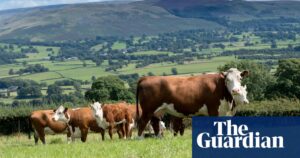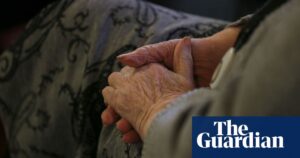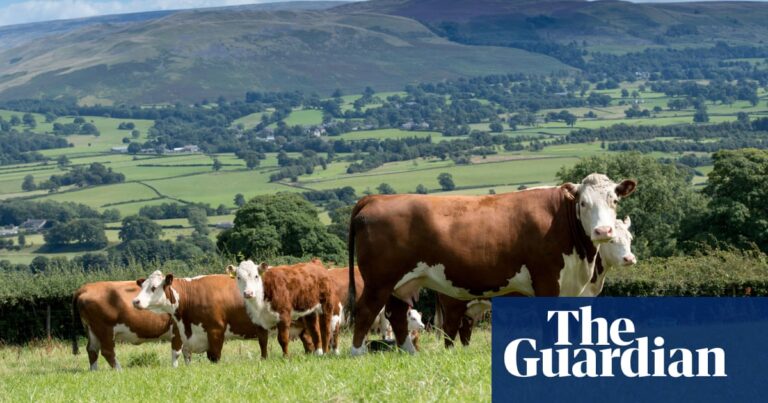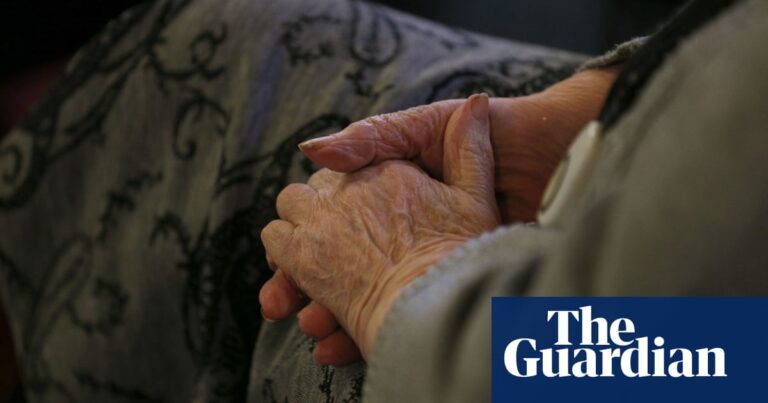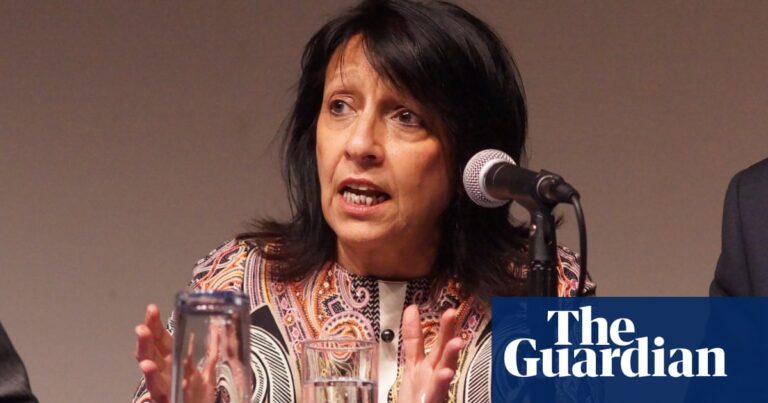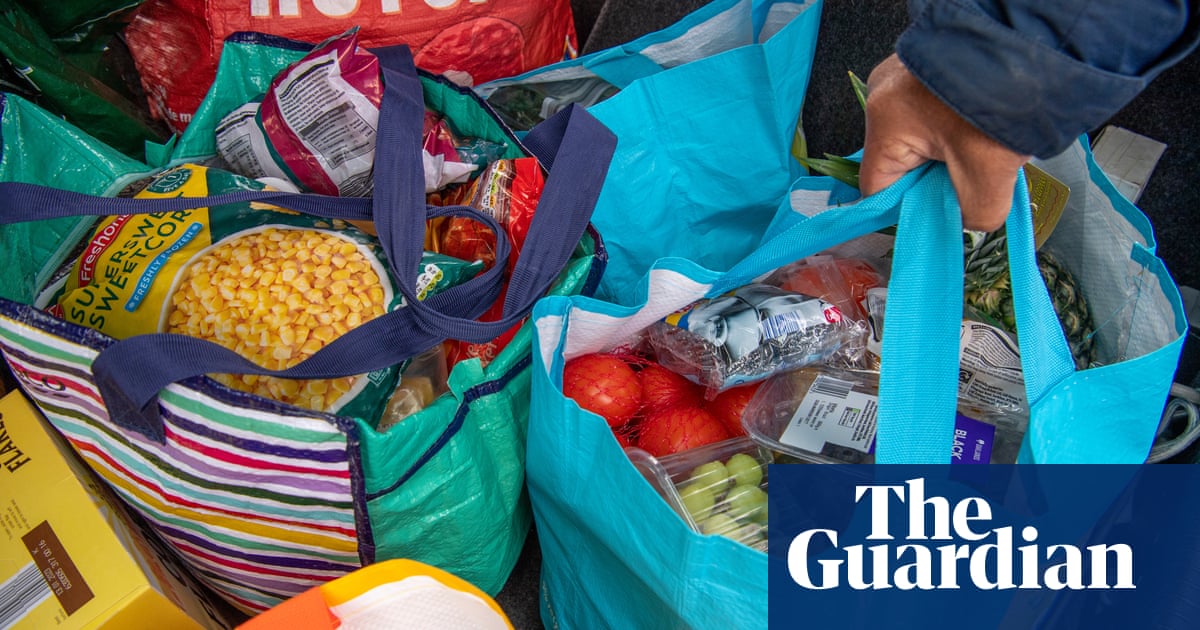
Britain’s poorest households saw the bill for their weekly shop rise by far more than that of the rich during the height of the cost of living crisis as the sharpest price increases fell on cheaper brands, research reveals.
The study by the Institute for Fiscal Studies (IFS) found the least well-off had been hardest hit by “cheapflation” in the 2021-23 period – paying 29.1% more for their food, compared with 23.5% for better off households.
The report – which lays bare the disproportionate impact of rising food prices on the poor – has been released to coincide with the latest cost of living figures from the Office for National Statistics (ONS) coming out on Wednesday, which are forecast to show the first increase in the headline annual inflation rate since December last year.
The IFS said grocery items that were among the cheapest 10% in each spending category, including staples such as milk, pasta and butter, rose by 36% over the two years to last September, while more expensive versions of the same items rose by just 16%.
Hard-up consumers had responded to the squeeze on living standards by switching to bargain brands that were experiencing the biggest price rises, the IFS found.
In what it said was an “unprecedented” disparity in inflation rates across income classes, the IFS calculated that if the poorest 25% of households had faced the same inflation rate for groceries as the richest 25% their annual food bills would have been cut by £100. No equivalent 24-month period in recent times had seen such high differences in the inflation rates of these two groups.
Tao Chen, an IFS research scholar, said: “Widespread ‘cheapflation’ pushed up the prices of the most inexpensive varieties of grocery products … this hit poorer households harder.”
The study covers the two-year period when inflation was sent soaring by the easing of Covid-19 lockdowns, supply-chain bottlenecks and Russia’s invasion of Ukraine. Prices overall rose by 15.7% between September 2021 and September 2023, with food and drink prices increasing by 28.4%.
The annual inflation rate peaked at 11.1% in October 2022 – its highest level in four decades – but has since fallen back and for the past two months has been at the government’s 2% target. Annual food price inflation has dropped to 1.3%.
However, City economists are predicting the rate will start to climb again, with Bank of England policymaker Catherine Mann warning on Monday that the battle against inflation was “far from over”.
During the peak of the cost of living crisis, a campaign by the food writer and activist Jack Monroe prompted the ONS to provide a more detailed breakdown of the impact of rising prices on different income groups.
Monroe had exposed how many budget lines had disappeared from supermarket shelves, forcing households to switch to less affordable versions, pushing up their food bills and fuelling hunger and poverty.
The IFS said that while official statistics showed poorer households experiencing higher inflation during the cost of living crisis, they did not reflect differences in the prices of own-brand versus premium varieties and were therefore likely to understate differences in the inflation rates of rich and poor in times of rising inflation.
Chen said individual households would almost always experience a different rate of inflation to headline numbers, such as the official consumer prices index, because these measures were based on average consumer spending patterns across the economy.
after newsletter promotion
“Our research shows that it’s important to take account of differences in the products people buy at a very fine level to detect differences in how they are being affected by the rising cost of living.”
Patterns of grocery shopping vary but the IFS said the disparity between inflation rates could not be explained by how much consumers spent on one category of food as opposed to another.
“Differences in the rates of inflation across cheaper and more expensive varieties of the same product categories accounted for all of the difference in the inflation rates experienced by rich and poor households for grocery products over this period,” the thinktank said.
It added that the fact that food prices rose more than other prices meant poorer households – who devote more of their spending to food – suffered higher inflation rates over the 2021-23 period than headline figures would suggest.
Many people shifted towards cheaper varieties of goods over this period to deal with the rising cost of living. The share of household spending devoted to products that were initially among the cheapest 10% rose by 2.2 percentage points from the third quarter of 2021 to the third quarter of 2023.
The IFS said the UK was not alone in seeing food prices rise significantly more for the poor than for the rich. “Recent evidence suggests that the immediate post Covid-19 pandemic period bore witness to cheapflation in a number of countries,” it said.
“This raises the possibility that cheapflation has fuelled inflation and cost of living inequality in many countries. It also remains to be seen whether this pattern will persist in periods of more general price stability.”
Source: theguardian.com



